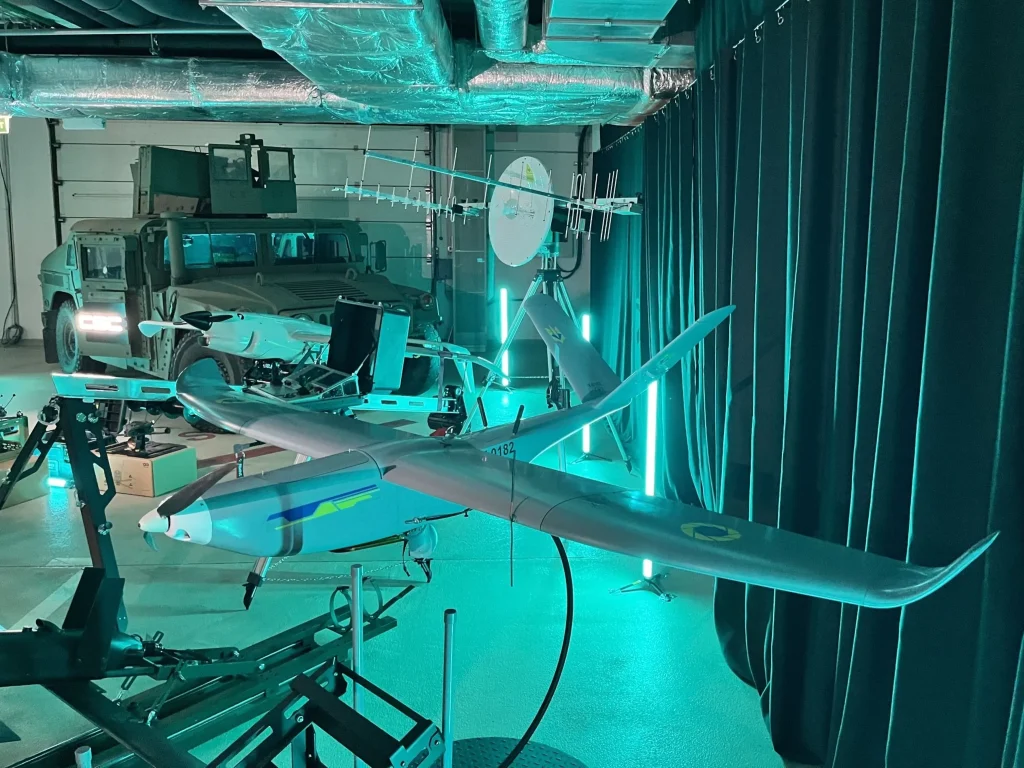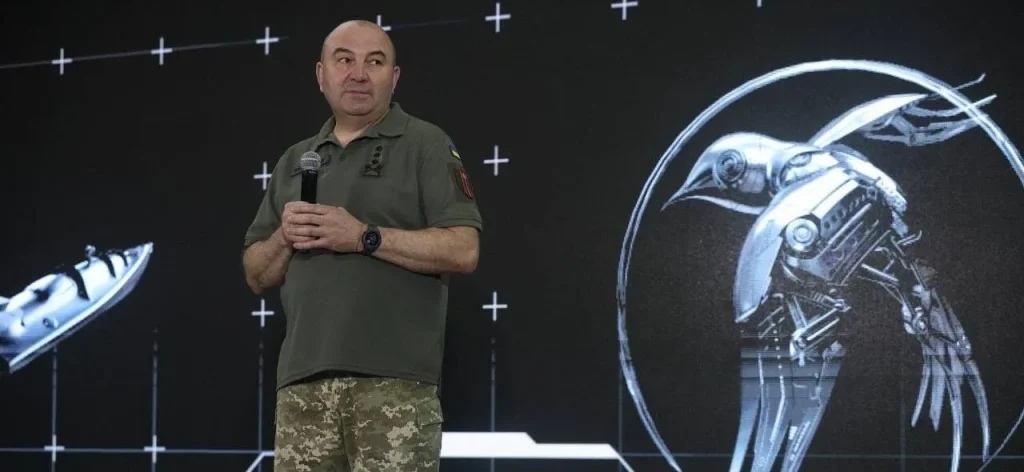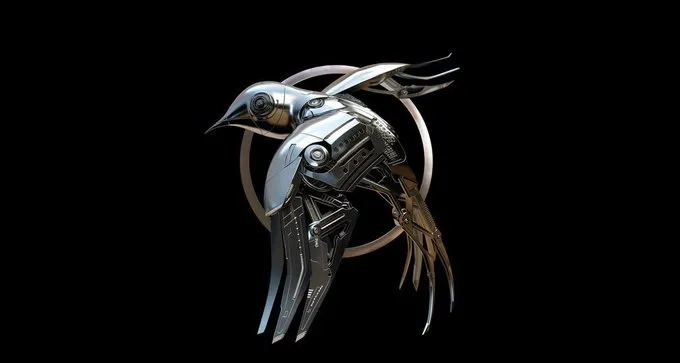Ukraine formally launched the Unmanned Systems Forces (USF), the world’s first independent military branch dedicated exclusively to unmanned aerial, terrestrial, and maritime systems. This innovative step, announced by President Volodymyr Zelenskyy in February, reflects Ukraine’s commitment to pioneering the future of warfare.

At a ceremonial event in Kyiv, Deputy Minister of Defense Ivan Havryliuk underscored the significance of the USF’s establishment. “Ukraine is the only country in the world that has created the Unmanned Systems Forces, and this gives hope for the creation of a coalition of countries,” Havryliuk stated, envisioning broader international military cooperation centered on unmanned technologies.

Taking the helm of this revolutionary force is Colonel Sukharevskyi, known by his callsign “Borsuk” (Badger), a veteran of the Russian-Ukrainian conflict with extensive experience in unmanned aerial vehicle (UAV) deployment. “I am honored to lead this revolutionary force,” remarked Colonel Sukharevskyi during the launch ceremony. “Our mission is clear: to harness the power of unmanned systems to safeguard our nation and forge new alliances in defense innovation.”
Central to the USF’s strategy is the integration of over a million domestically developed First Person View (FPV) unmanned aircraft systems (UASs) by 2024. This massive development initiative underscores Ukraine’s resolve to enhance its defense capabilities and position itself as a global leader in unmanned military technology.

“The establishment of the USF is a testament to our determination to win the war against the Russian Federation,” said Deputy Minister Havryliuk. “We have everything to replace a person in the trench, at sea, in the air, and underwater.”
Symbolizing this new branch’s ethos, the emblem—an iron swallow designed by artificial intelligence—reflects Ukraine’s transformation from vulnerability to resilience. This innovative spirit is echoed by platoon UAV commander Oleksandr Yarmak, who stated, “This is an absolutely new structure in which nothing needs to be changed; instead, we can create new approaches.”

The pivotal role of drones in modern warfare has been starkly highlighted by their use in the ongoing conflict between Ukraine and Russia. Initially employed for reconnaissance and tactical strikes using commercial models like the DJI Mavic, both nations swiftly advanced to more sophisticated FPV drones. These drones, capable of precise targeting, have become indispensable in scenarios where traditional heavy weaponry and aircraft are limited.
Ukraine’s proactive embrace of drone warfare culminates in the creation of the USF, setting a new benchmark for military operations worldwide. This pioneering move places Ukraine at the forefront of leveraging unmanned systems, a domain that major global powers are also rapidly expanding.
The United States has articulated a robust strategy for integrating drones into military operations, particularly in the Indo-Pacific region, to counter potential threats from Chinese air defenses. The US Air Force’s ‘Replicator initiative’ aims to deploy thousands of autonomous attack drones, underscoring America’s commitment to maintaining technological supremacy.
Admiral Samuel Paparo, head of the US Indo-Pacific Command, recently highlighted drones’ critical role in potential conflicts, envisioning an “unmanned hellscape” in the Taiwan Strait if tensions with mainland China escalate.
China, too, has made significant advancements in drone technology, evidenced by the construction of what appears to be the world’s first dedicated drone carrier. This vessel, resembling a compact aircraft carrier, showcases Beijing’s strategic emphasis on unmanned systems in maritime operations. The launch of the Zhu Hai Yun, an unmanned ship capable of autonomous navigation and deploying drones and submersibles, further illustrates China’s foresight in naval warfare.
